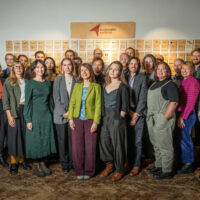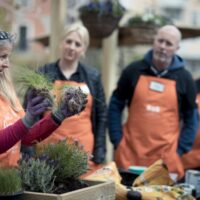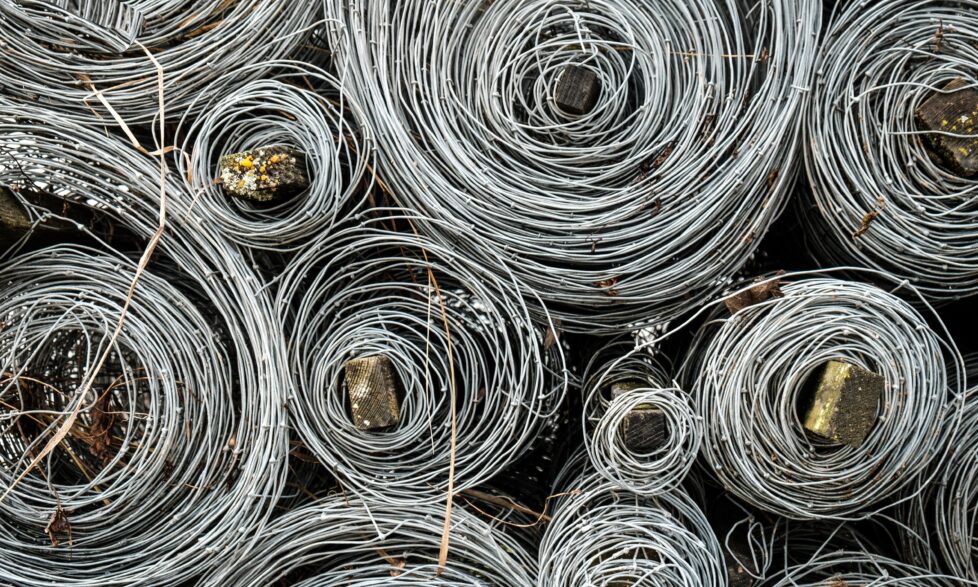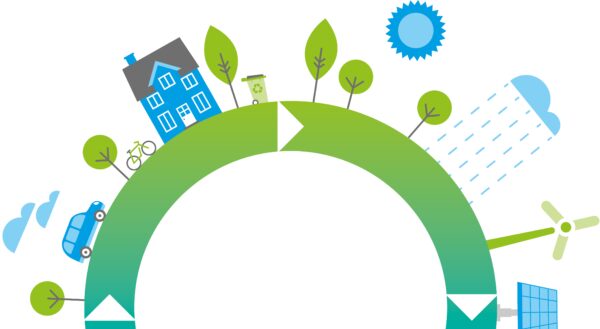3 simple circular economy tactics you need to know
I love attending the events run by The Crowd, as they force me to learn about something new. Last week’s Sustainable Supply Chain Transformation event was no different.
It focused on two intersecting trends:
- how hyper-connectivity and social
media are increasing our expectations for authenticity and transparency in
supply chains; and
- how the digital disruption caused by the 4th industrial revolution is radically impacting both our business models and supply chains.
What interested me most was when Kirstie McIntyre, Director, Global Sustainability Operations from Hewlett Packard outlined how the company is creatively using the trends of hyper-connectivity and digital disruption to shift their business towards circularity.
Drawing on these insights, I’ve put together three simple tactics that can help speed up the transition to a circular (sustainable) economy.
Tactic 1: Focus on
your customer pain points
Transitioning from selling products
to service-based business models is often hyped as a critical solution for
achieving a circular economy. But as you can imagine, the business impacts mean
it isn’t always plain sailing. This first tactic is vital to enabling a smooth
transition – and is likely to ensure the take-up rates for your new business
model sky-rocket.
I recently explored how a customer buying running shoes in the future might experience the circular economy. Hint: it was all about making it a better experience for the customer – more personalised and tailored to their needs. It just happened to also be circular and sustainable.
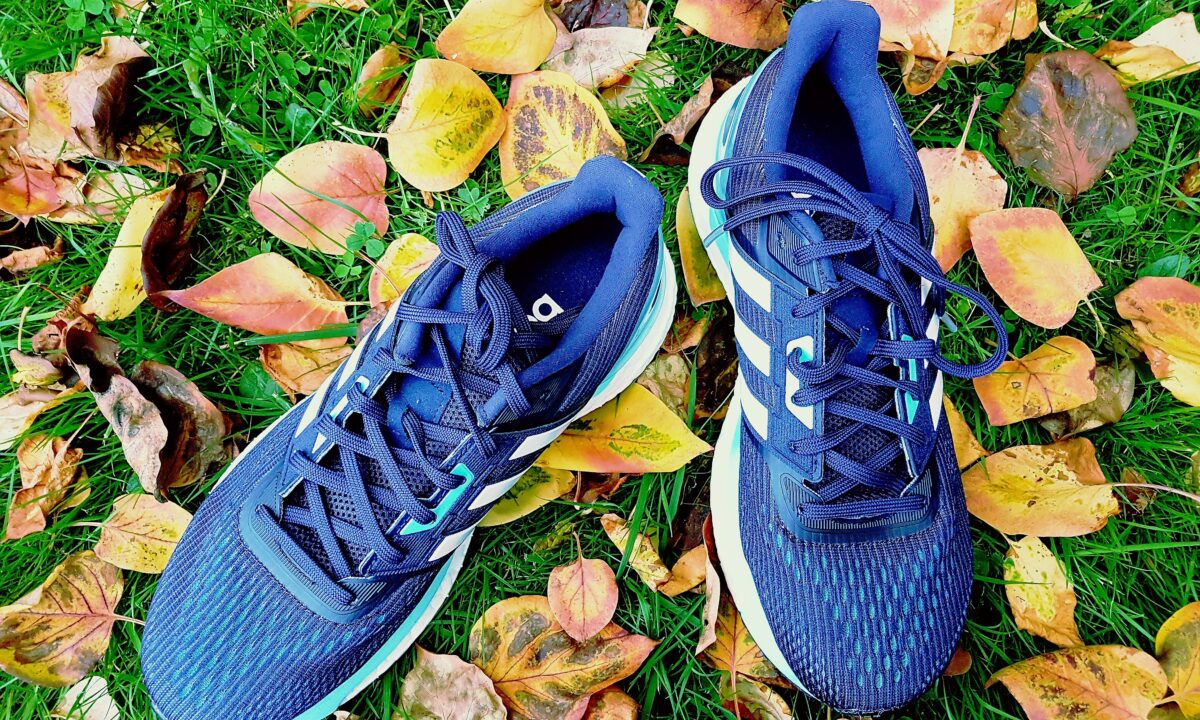
This also happens to be the approach that HP applied when developing its Instant Ink subscription services. The pain point for the customer is obvious – running out of printer ink at a critical moment. HP’s solution was to use the ‘connected’ feature of its printers to monitor customers’ ink levels and send new printer ink directly to them in the post just when they need it.
A few years later, subscriptions are already over two million with a retention rate of around 98%.
Unintended (positive) consequences of service-based models
For me, the impacts of this new service model are fascinating. Because it makes no sense to ship ink frequently, HP completely redesigned the cartridges to carry as much ink as possible. The company was also able to significantly reduce packaging as previously these high-value, small items required large packaging to deter theft in stores.
HP’s cartridge return scheme, which despite being in place for more than 20 years had struggled with take-up, also got a boost. Previously, what happened to a used cartridge was not at the forefront of a customer’s mind. But with the new service, they receive a returns envelope with the new cartridge making the process seamless. The return rate for used cartridges has increased massively by anything from 50% in some markets to as much as 200% – what’s not to love about this?
Tactic 2: Push circular thinking into your supply chain
Companies that have got their heads around what the circular economy means for their business will inevitably start to push this thinking into their supply chain, as well as to their customers. This is going to be a key way that we will get to scale.
HP is a major supplier for Philips –
which, as we all know, is one of those companies that really gets circular
thinking. There’s barely a piece written about circular business models that
doesn’t reference the ‘light as a service’ model that Philips has been
successfully rolling out for several years now.
It’s easy to forget just how radical the concept of selling lumens rather than lightbulbs was. But those of us who have started thinking in circular terms understand that these models help us get the outcome we actually want, rather than the means by which we achieve the outcome. In this case, light (not lightbulbs).
When it came to procuring its IT equipment Royal Philips (the healthcare division of Philips), applied its circular thinking to the procurement process. Previously it had purchased HP supplies on an ‘as-needed’ basis. This approach was not aligned with its overall sustainability and circular ambitions.
Philips realised it needed a radically different approach similar to its ‘light as a service’ model, which led to the development of HP’s IT Asset Management strategy. Essentially, Royal Philips said to HP: “we will tell you how many staff we have, where and how they work (e.g., onsite, remote, which country) and we want you to do the rest. Tell us what we need in terms of laptops and PCs.”
Philips focused on the outcome it wanted, which was the right hardware for its needs and HP did the rest. There are significant environmental benefits to this approach as well. As HP has retained ownership of the assets, it is incentivised to ensure their maximum value. With the contract for Royal Philips alone, over a five-year period, HP managed more than 82,000 laptops and PCs with 91% of these remarketed (re-sold) and the remaining 9% recycled responsibly.
Tactic 3: Multiply the efforts you have already made in supply chain sustainability through materials recovery
A recurring theme of the Sustainable Supply Chain event was the difficulties that almost all large companies face in assuring the sustainability of their supply chains. Ensuring transparency beyond Tiers 1 and 2, and being able to understand and address supply chain risks is taking significant amounts of time and money.
The role of innovative technology like the blockchain was touted as a potential solution that might address some aspects of supply chain transparency. For example, it has been used by Provenance to trace yellowfin and skipjack tuna fish in Indonesia from catch to consumer. While this is an interesting development, it is a way off being used extensively.
Kirstie’s response to a question related to this piqued my interest. HP undertakes significant work in its upstream sourcing processes to ensure its procured materials and manufacturing processes are as sustainable as possible.
Now, as the company increasingly looks to retain ownership of its products through Instant Ink and its IT Asset Management services, it is better placed to recover and reuse its own assets. And since it already knows about the origins and processing of these materials to be reused, HP is saving time and money as well as contributing to a more circular economy.
Caring about where things end up as much as where they come from
As we can see, supply chain specialists are working hard to ensure what is known as the ‘provenance’ of materials, both in terms of where they have come from and addressing environmental and social issues during production and manufacture.
However, increasingly we are starting to see more and more people think about what happens to something at the end of its ‘useful life’. The Ocean Plastics campaign is just one of many initiatives tapping into this concern. The more we get people to think not just about where something has come from, but also what might happen to it at the end of its useful life, the easier it will be to develop a circular economy.
Learn more about how we can help your business transition to a circular economy.
The circular economy: cracking the challenge
The circular economy is one of the biggest challenges - yet most exciting opportunities - for today's businesses. This guide will help your business get started, and explain the benefits of embracing the circular economy
Download PDF